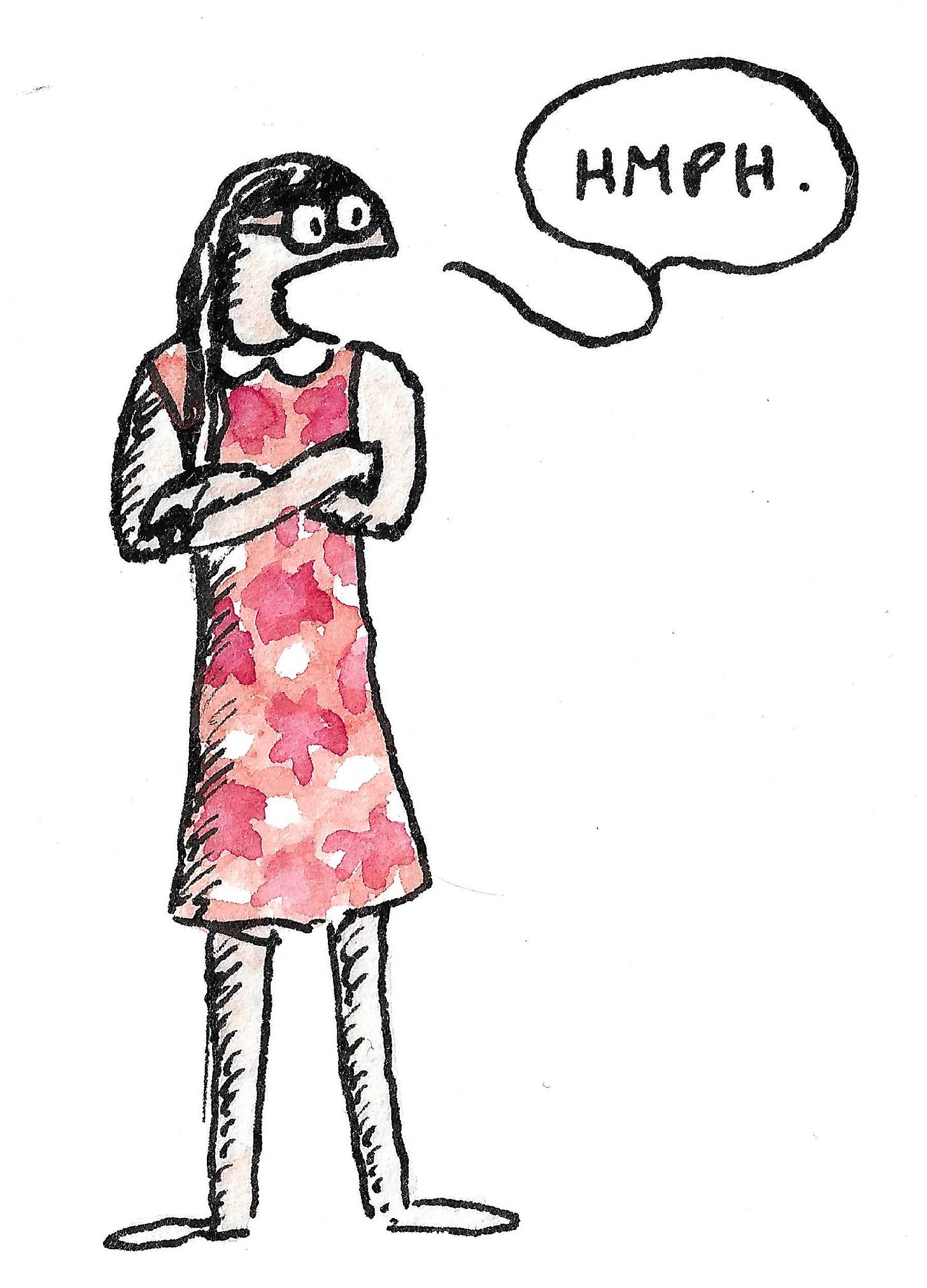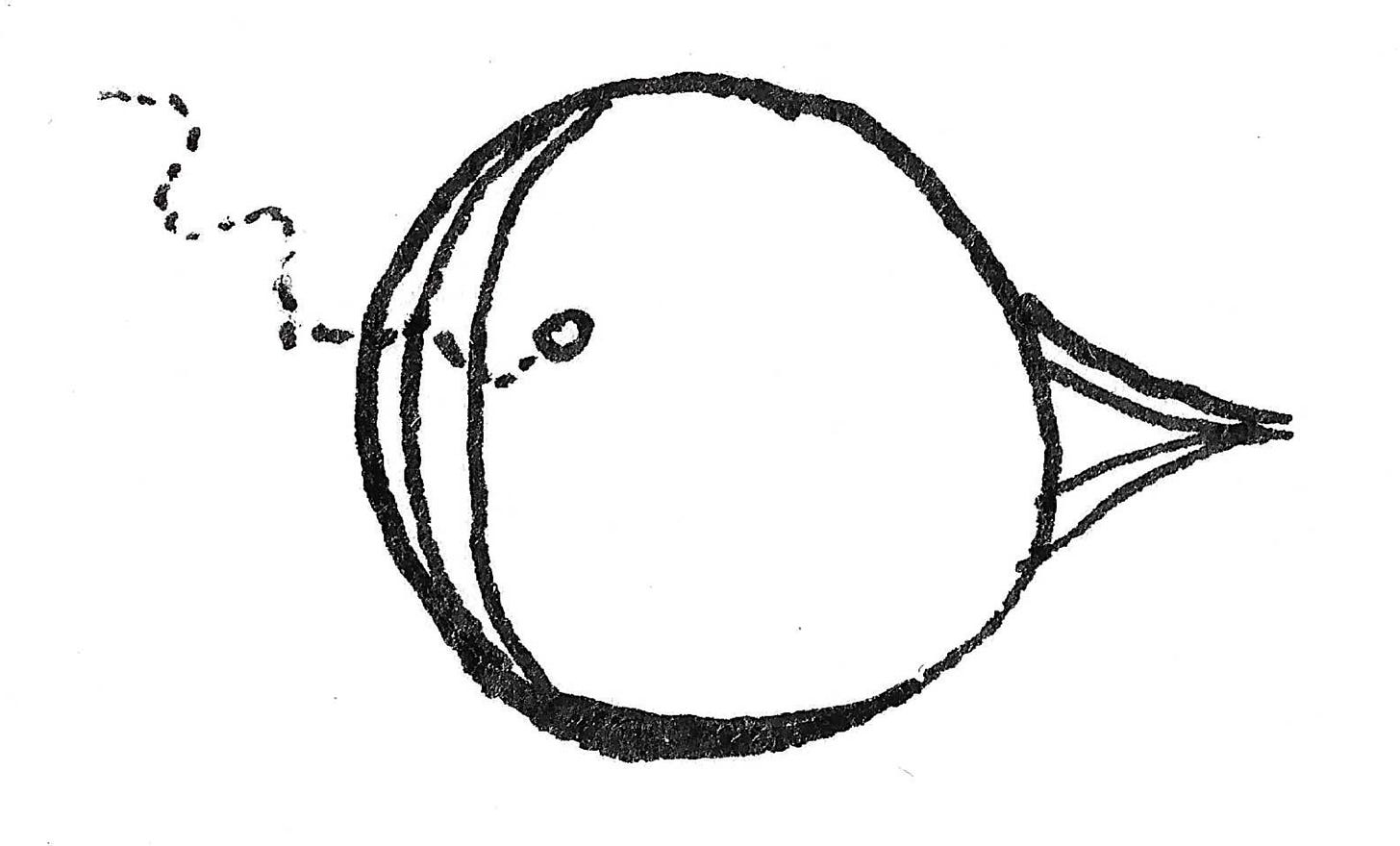Sensible Traits
Part 1: Sight
It was recently suggested that I write a series on the various senses organisms can have, and I thought that was a good idea.
There’s the five we’re all familiar with — sight, hearing, touch, taste, and smell — that many other organisms share with us. And then there are the weird ones (well, weird to us. They’re pretty normal to the organisms who have them), like the ability to sense the electromagnetic field, the ability to echolocate, and so on.
In this series, I’ll start with the ones humans have, and then move on to the more unusual ones. Ready? Let’s start with sight.
A friend of mine, doing a degree that had nothing to do with sight, was tragically forced to learn about the eye on four separate occasions. I will now force her to learn about it a fifth time, because it’s a pretty weird part of the body that requires a certain amount of explanation.
So! You’re a little beam of light that’s traveled a very long distance to get to Earth. Suddenly, bam! You hit something (let’s say an apple). You bounce off of it and stumble into someone’s eye.
The first thing you hit is the conjunctiva, a layer of cells that protects the cornea from getting scratched. You’re a photon, so that doesn’t bother you too much; you dive in.
But the cornea’s job is to bend this beam of light so that it focuses at the right part of the eye. So thanks to the cornea, you now enter the eye at a slightly different angle than you first hit it.
You travel through some liquid, and then pass through a nice colorful ring that humans have dubbed the iris. What’s cool about the iris is that it can open and close based on how much light there is, to make sure the eye is getting enough light to see by without getting flooded.
(Incidentally, the way you pass through it is by going through the hole in the middle of it, a hole that’s called the pupil. That’s right! The pupil is actually just a hole, not its own structure. I learned that while researching this story.)
At this point you hit the lens, which further bends you so you hit the right part of the eye. The exact angle the lens bends you depends on how far the apple was from your eye to begin with, because the distance and position of the apple changes the original angle at which you encountered this eye. The lens gets pushed and pulled by the muscles around it until you proceed at exactly the right angle.
Then you pass through the vitreous humor, which is basically the clear, gelatinous substance that gives eyeballs their structure, and finally hit the retina that lives at the back of the eye. The retina takes all the information you bring with it (like the distance and color of the apple) and sends it to the brain through a bundle of fibers called the optic nerve. The brain then figures out what to do with all this information.
So congratulations, little beam of light! You have now sent all the information you can give to the eye that you infiltrated. According to the National Eye Institute, you now no longer exist, but instead have been turned into the electrical signals that got sent to the brain. But I don’t really understand how light can be converted to electrical signals, so we’re going to end the story here.
Anyway, that’s the basic structure of the human eye. Other mammals have similar structures but with slight differences, which allows them to have various adaptations. For example, in humans, the choroid is the surface behind the retina that catches any lost bits of light. Because it’s black, it absorbs the light, and that’s the end of that. In cats, the choroid is lighter in color, which means that any stray light bounces off it and back into the retina! Which means there’s less light that gets lost, which in turn means that cats can see a lot better in the dark than we can, because they’re seeing by much more light.
Then, of course, you have fly eyes and octopus eyes and all other kinds of eyes which look really different but are based on the same basic principles. You even have eye spots, like in flatworms, that don’t really see things but just notice the difference between light and dark. And of course there are plants, who don’t even have eyes but can still tell when they’re being hit by light and when they’re not. All of which to say that there are a bunch of ways in which light can affect organisms and their behavior.
But obviously, sight isn’t the only sense, and many organisms exist without it. So on we go with our exploration of the five (plus) senses.
For their characteristically clear and interesting explanation of the eye, I thank Khan Academy.







